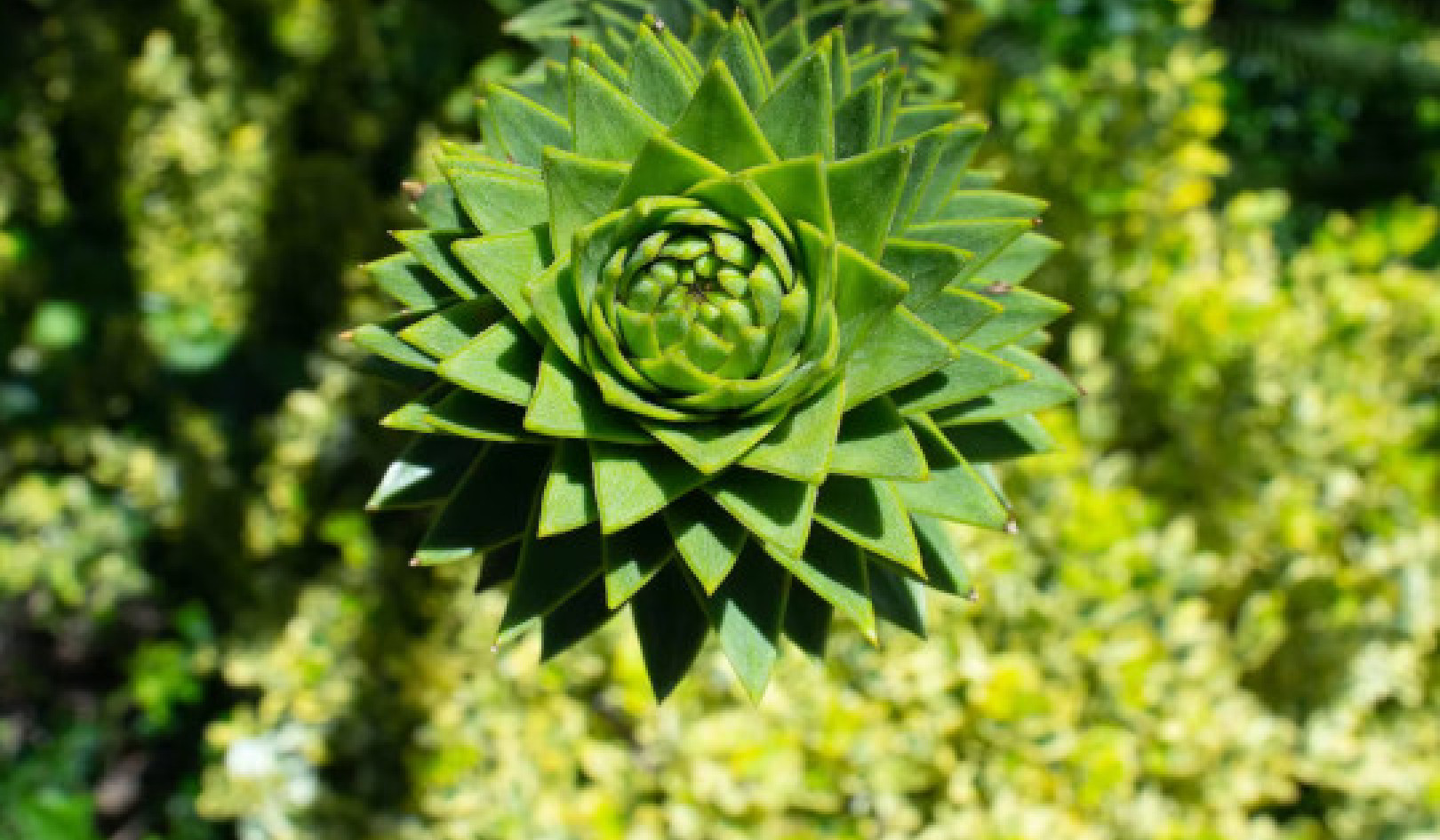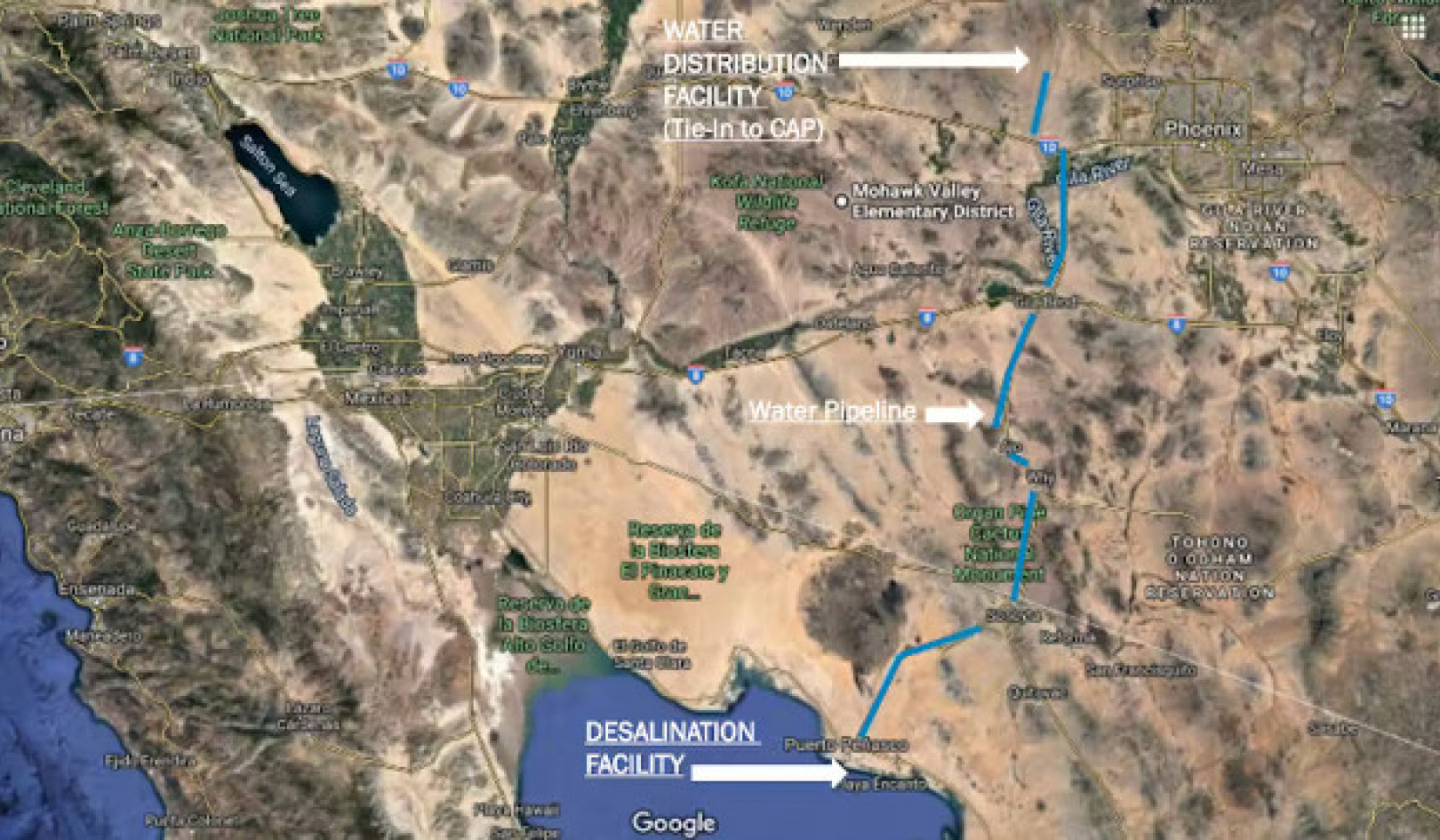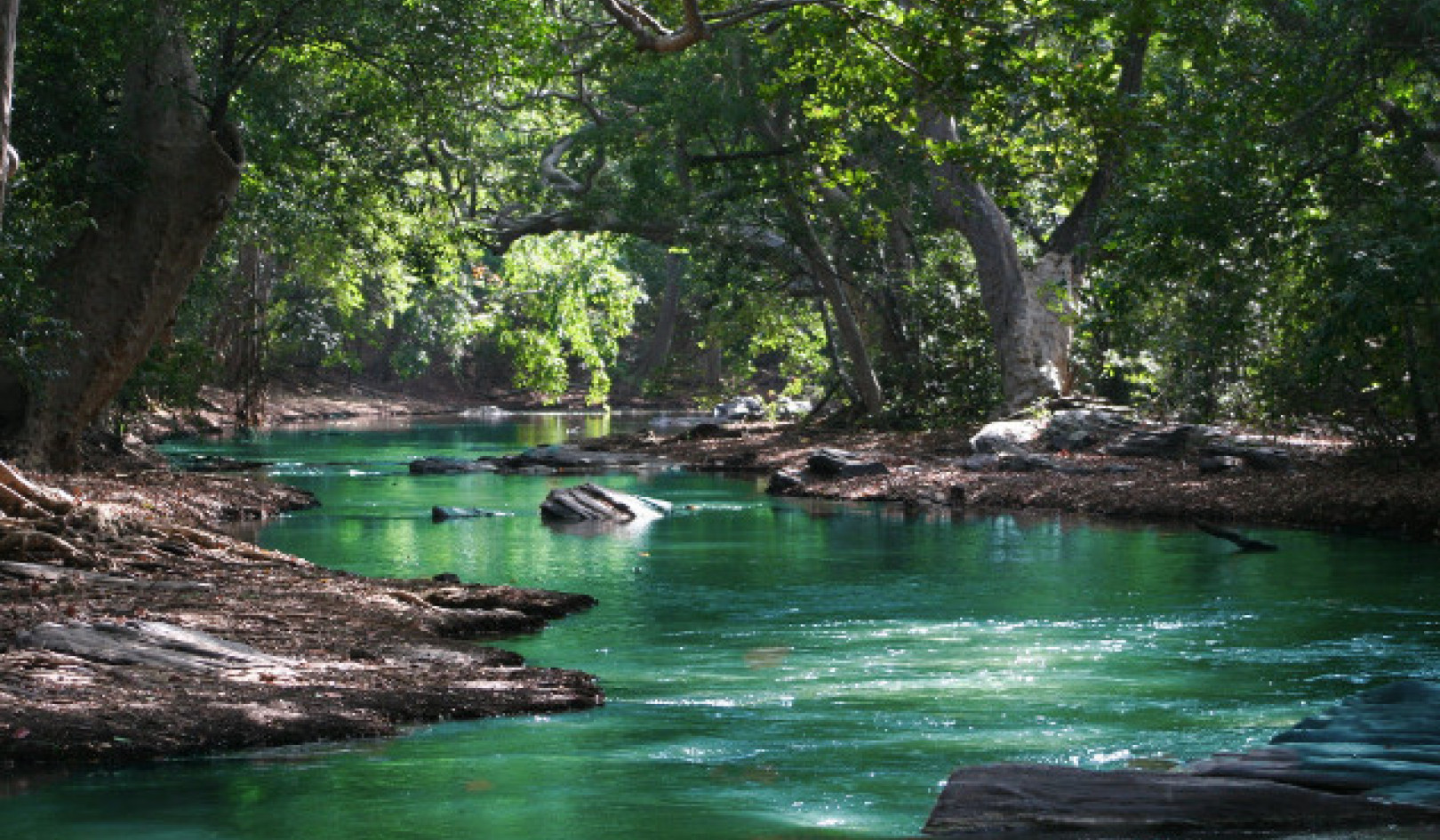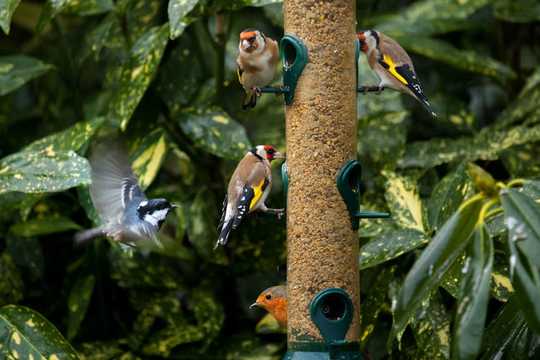 Garden bird sightings were up during lockdown. Roel Slootweg/Shutterstock
Garden bird sightings were up during lockdown. Roel Slootweg/Shutterstock
Who could have imagined that being confined to our homes would bring so many people closer to nature? With one-third of the world under lockdown at one point, a record number of people pitched in to help citizen science projects gather information about the natural world.
Citizen science allows members of the public to contribute to scientific research and, at a time when so much lab and field work has been put on hold, citizen scientists grant the scientific community access to large amounts of crowdsourced data.
As the pandemic brought entire industries and most international travel to a sudden halt, skies cleared and many people reported hearing the sounds of wildlife return – even in urban centres. An enormous global taskforce of volunteer data gatherers was on hand to capture this change, revealing to researchers with impressive clarity how the pandemic affected life on Earth. Being stuck indoors also focused minds on the unusual critters that share our homes and allowed people with a good internet connection to log records of species thousands of miles away.
1. Recording air pollution
Cities everywhere reported improved air quality as their streets fell quiet and road traffic plummeted. Under its 21-day lockdown that started on March 25, the smog cleared in Punjab in northern India and, for the first time in decades, unveiled the Himalayan mountain range more than 125 miles away.
These changes in air quality were reported and monitored worldwide by volunteers with Earth Challenge 2020. People submitted photographs of their horizons each day to a mobile app which, combined with other data, allowed researchers to estimate air quality with precision, without the need for sophisticated sensors.
 With air pollution down, the Himalayas became visible from much further away during lockdown. Daniel Prudek/Shutterstock
With air pollution down, the Himalayas became visible from much further away during lockdown. Daniel Prudek/Shutterstock
2. Tracking urban wildlife
As well as scenic views, people reported wildlife returning to places from which it had been absent for many years. A sea of pink engulfed Mumbai as 150,000 flamingos migrated into the city in April.
But it’s not just these theatrical displays that captured our attention. More time at home also meant more time in the garden, for those lucky enough to have one. That afforded the UK’s regular garden visitors more recognition than usual.
Since 1995, the British Trust for Ornithology has run a year-round garden bird watch, encouraging people to record their bird sightings. Having public volunteers means that far more of this data can be collected than a single team could manage, providing a more accurate representation of the prevalence and distributions of birds across the UK, as well as annual changes and long-term patterns.
This year has seen a huge surge in participation, with the number of volunteers by June 2020 already exceeding the highest annual totals for every year since 2011.
3. Exploring the great indoors
The common daddy long-legs spider is a creature many of us are familiar with, often lurking in sheds or the corners of our homes. But it’s not a species often recorded in insect surveys, perhaps because it’s misidentified or because people assume it doesn’t warrant further attention.
The UK’s long lockdown has encouraged many people to pay closer attention to this household visitor though. The daddy long-legs spider is one of three species of cellar spider in the UK, and the British Arachnological Society launched a lockdown survey to help fill the gaps in the records of these species.
By providing photographs and guides to help people identify cellar spiders, and a platform to record their findings, this study has already identified daddy long-legs spiders in 13 new areas across the UK, and the rarer wine cellar spider in three.
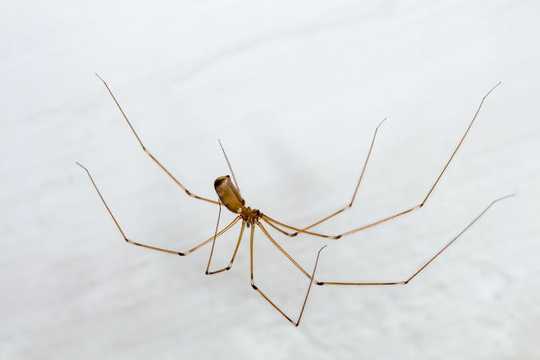 Daddy long-legs – surprisingly scarce in insect surveys. Rainer Fuhrmann/Shutterstock
Daddy long-legs – surprisingly scarce in insect surveys. Rainer Fuhrmann/Shutterstock
4. Spotting species from afar
With most people cancelling their summer holidays, some are choosing to explore exotic locales from home instead. Deforestation threatens species in the tropical countries that many people like to visit, but new methods are being developed to monitor wildlife from afar, allowing people to join in from their living rooms.
Drones allow wide surveys of difficult-to-reach environments without disturbing the habitat. Using methods from astronomy, a research group at Liverpool John Moores University plans to use drone footage to identify spider monkeys threatened by habitat loss in Central America, cataloguing the true impact of deforestation so as to develop new ways to protect this species.
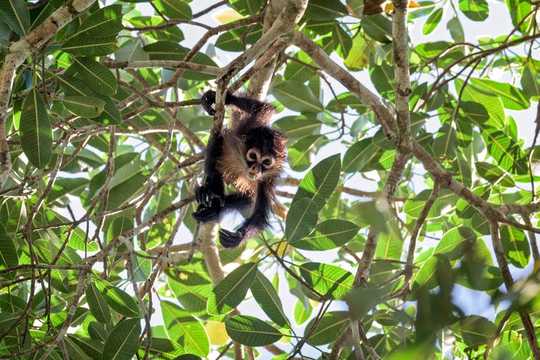 A baby spider monkey in Costa Rica. Dean Bouton/Shutterstock
A baby spider monkey in Costa Rica. Dean Bouton/Shutterstock
The problem with these studies is the huge amount of time it takes to identify species of interest from hours of footage. This is where trusty citizen scientists come in. By playing their own game of spot the spider monkey from the comfort of their homes during lockdown, volunteers identified the target species within drone images and provided invaluable data for researchers, which will help them build models that can automatically detect the monkeys in footage, saving time and energy for more data collection.
It’s never been easier for people to get involved with citizen science. This not only helps researchers, it also helps more people appreciate the boundless wonders of nature. It is our hope that the enthusiasm will continue long after lockdown has ended, so that more considerate and sustainable communities emerge from the other side of COVID-19.![]()
About The Author
Rebecca Young, PhD Candidate in Conservation and Ecology, Cardiff University and Jordan Patrick Cuff, PhD Candidate in Biosciences, Cardiff University
This article is republished from The Conversation under a Creative Commons license. Read the original article.
Books on The Environment from Amazon's Best Sellers list
"Silent Spring"
by Rachel Carson
This classic book is a landmark in the history of environmentalism, drawing attention to the harmful effects of pesticides and their impact on the natural world. Carson's work helped to inspire the modern environmental movement and remains relevant today, as we continue to grapple with the challenges of environmental health.
Click for more info or to order
"The Uninhabitable Earth: Life After Warming"
by David Wallace-Wells
In this book, David Wallace-Wells offers a stark warning about the devastating effects of climate change and the urgent need to address this global crisis. The book draws on scientific research and real-world examples to provide a sobering look at the future we face if we fail to take action.
Click for more info or to order
"The Hidden Life of Trees: What They Feel, How They Communicate?Discoveries from A Secret World"
by Peter Wohlleben
In this book, Peter Wohlleben explores the fascinating world of trees and their role in the ecosystem. The book draws on scientific research and Wohlleben's own experiences as a forester to offer insights into the complex ways that trees interact with one another and the natural world.
Click for more info or to order
"Our House Is on Fire: Scenes of a Family and a Planet in Crisis"
by Greta Thunberg, Svante Thunberg, and Malena Ernman
In this book, climate activist Greta Thunberg and her family offer a personal account of their journey to raise awareness about the urgent need to address climate change. The book provides a powerful and moving account of the challenges we face and the need for action.
Click for more info or to order
"The Sixth Extinction: An Unnatural History"
by Elizabeth Kolbert
In this book, Elizabeth Kolbert explores the ongoing mass extinction of species caused by human activity, drawing on scientific research and real-world examples to provide a sobering look at the impact of human activity on the natural world. The book offers a compelling call to action to protect the diversity of life on Earth.

















